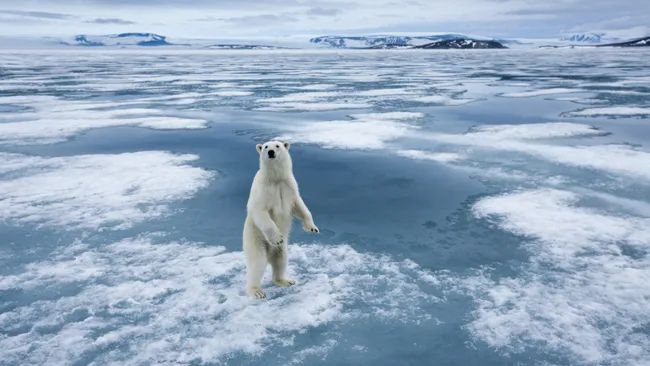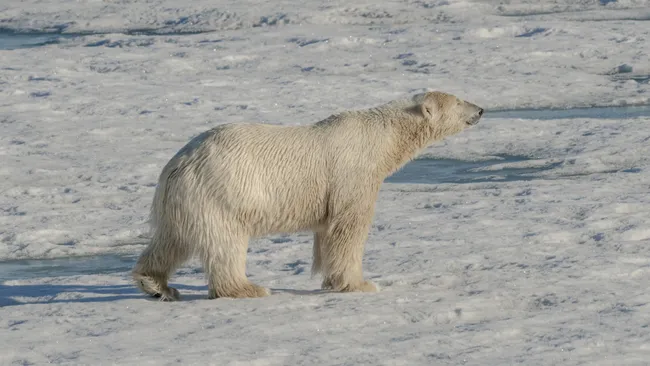Two polar bears have killed a Canadian worker in a rare attack at an Arctic Radar Station.
The employee, who is yet to be named, was working for the Canadian government on Brevoort Island, a remote and uninhabited part of Nunavut territory in northeastern Canada.
Despite the fact colleagues responded and one of the bears was killed, the worker’s injuries proved fatal.
“An attack by two polar bears has resulted in the loss of one of our valued employees,” said Nasittuq Corporation, which runs defence radar sites for the Canadian government, in a statement.
“Our thoughts and prayers are with the family, friends, and colleagues affected by this loss.”
Polar bear attacks on humans are rare, but this is at least the second recorded deadly incident involving a polar bear since 2023.
As more people venture into the arctic seeking adventure, and global warming forces more endangered bears to spend time on land looking for food sources, chances of human-polar bear encounters are increasing (although, still mighty rare).

How to survive a polar bear attack
If you’re planning an Arctic expedition, read these pointers on protecting yourself from a polar bear attack:
- Carry deterrents, such as a bear horn and bear spray.
- Understand the warning signs – is the bear sniffing the air and staring directly at you?
- Stay calm and don’t run – it’s better to back away and take a wide detour.
- Communicate clearly with your group
- If you think you’re going to come under attack, arm yourself with anything you can use as a weapon – ice axes or trekking poles – and prepare to fight.
This article by Charlie Lyon was first published by Advnture on 14 August 2024. Lead Image: A polar bear walking on a sea ice in the Arctic region (Image credit: Getty Images).
What you can do
Help to save wildlife by donating as little as $1 – It only takes a minute.







Leave a Reply